

Plant the Right Variety, in the Right Place, at the Right Time.
AgWise functions as a strategic decision-support infrastructure for Ministries of Agriculture and extension services. It integrates macro-level inputs, including national weather forecasts, satellite imagery, and high-resolution digital soil maps, with legacy data to establish optimal planting windows based on seasonal rainfall and soil moisture data. By employing agro-ecological models, it provides strategic guidance for zone-based varietal deployment, ensuring improved varieties are promoted only where they are genetically and ecologically best adapted. This scientific foundation allows governments to update national seed catalogues with region-specific data, align subsidy programs with optimal planting timelines, and embed the framework into national digital agriculture platforms to stabilize yields and reduce planting failures.
This technology is not yet validated.
Adults 18 and over: Positive high
This is the primary target group of AgWise, and the impact is highly positive. Adult farmers gain access to tailored knowledge that was previously unavailable to them, enabling better decision-making. This means better yields and more stable production, improving livelihoods. As noted, farmers seeing 30-60% improvements in yield are experiencing a significant livelihood boost – this can elevate them from subsistence toward surplus and profit, contributing to poverty reduction. Also, having reliable advice reduces the stress and uncertainty adults face in farming, which can improve overall well-being. We mark this as Positive High impact, because it directly addresses major constraints of adult farmers (information access and risk management).
The poor: Positive medium
AgWise can have a medium positive impact on the poorest farmers. While it provides valuable recommendations, the impact is limited if farmers lack access to resources like smartphones, seeds, or fertilizer. However, AgWise can optimize advice for low-input scenarios, helping farmers make the most of what they have and gradually improve yields. To fully benefit, complementary measures like subsidies or credit may be needed. Therefore, the impact is positive but medium.
Under 18: Positive low
The tool itself doesn’t directly target youth or have youth-specific features, as it’s an agronomic advisory primarily used by adult farmers or professionals. Thus, we assess no direct impact on those under 18. Indirectly, of course, when family farms benefit, children in those households may enjoy better nutrition or schooling from increased income – but these are second-order effects not unique to AgWise (any successful ag intervention would do this).
Women: Positive high
AgWise can positively impact women farmers if inclusion strategies are used. Digital tools can reach women effectively via mobile phones, radio, or women’s groups. AgWise provides valuable, accessible advice, helping women make informed decisions and save time. To maximize impact, projects should ensure women are included in dissemination efforts. When done right, it benefits women as much as men and supports family welfare and development goals.
Climate adaptability: Highly adaptable
AgWise is highly adaptable to different climatic zones and helps farming systems adjust to climate change. By analyzing climate data and forecasting, it can recommend more heat-tolerant or early-maturing crops for areas facing hotter or drier conditions. This makes farming communities more resilient to climate variability. AgWise has been successfully used in climate stress scenarios like El Niño and can incorporate new climate projections, ensuring its continued relevance as climates change.
Farmer climate change readiness: Significant improvement
AgWise improves farmers' readiness for climate change by providing localized, timely advice. It helps farmers prepare for challenges like delayed rains or droughts by suggesting early planting, shorter-duration crops, or drought-tolerant varieties. This proactive approach greatly enhances farmers' ability to cope with climate shocks. We rate this impact as a significant improvement in readiness, as AgWise helps farmers plan ahead rather than react after crop failures. With 84% of farmers seeing yield gains in variable climates, AgWise boosts resilience against climate variability.
Biodiversity: Positive impact on biodiversity
AgWise can positively impact biodiversity indirectly. By optimizing fertilizer and pesticide use, it reduces environmental pressure, such as nutrient runoff, leading to healthier rivers and aquatic ecosystems. AgWise may also recommend crop diversification, such as rotating crops or integrating legumes, which can further support biodiversity. Additionally, by improving yields on existing farmland, AgWise reduces the need to clear more land for agriculture, helping preserve natural habitats. Healthier soil practices also promote soil biodiversity. While not a primary biodiversity tool, AgWise’s impact on the environment is positive, encouraging sustainable practices.
Carbon footprint: A bit less carbon released
AgWise has a neutral to slightly positive impact on carbon emissions. It helps optimize fertilizer use, reducing emissions by minimizing excess application. While it doesn't directly capture carbon, it may encourage agroforestry or cover cropping, which can sequester carbon. By improving yields on existing land, AgWise helps avoid deforestation-related emissions. Overall, it makes farming more efficient, with a neutral impact on carbon released per farming unit.
Environmental health: Greatly improves environmental health
AgWise greatly improves environmental health by promoting precise input use. It tailors fertilizer recommendations to the crop and soil’s needs, reducing overuse of agro-chemicals that cause soil acidification, water contamination, and harm to beneficial organisms. This helps prevent pollution, restores soil balance, and protects insects and microbes. AgWise also encourages soil health practices, like adding organic matter, improving soil quality, and reducing erosion. With improved nutrient use efficiency, AgWise minimizes environmental waste, making its impact on environmental health greatly positive.
Soil quality: Improves soil health and fertility
AgWise plays a key role in improving soil health and fertility. By recommending the right fertilization, crop rotations, or organic amendments, it helps replenish soils and prevent further degradation. It ensures that deficient nutrients are added and prevents over-fertilization in already fertile soils. Aligned with integrated soil fertility management principles, AgWise improves soil organic matter and structure over time. It halts degradation trends by preventing nutrient mismatches. With 80% of African land degraded, AgWise is a strong tool for reversing this trend, making its impact on soil quality highly positive.
Water use: Much less water used
AgWise helps save water in agriculture by recommending optimal planting times that align with rainfall, reducing the need for irrigation. It also selects varieties suited to available water, preventing water stress. In irrigated systems, AgWise ensures water is used efficiently by avoiding crops that require extra watering. By improving soil health, it enhances water retention, further boosting water efficiency. Overall, AgWise improves water productivity and reduces the need for irrigation, making its impact on water use efficiency strongly positive.
Governments face systemic challenges in planning, resource allocation, and maintaining food security due to unreliable information and climate volatility.
AgWise is a comprehensive digital platform that provides precise agronomic recommendations, including weather advisories, variety selection, fertilizer recommendations, and optimal planting dates. By leveraging empirical and process-based analytics, AgWise addresses key agricultural challenges, enhancing productivity, profitability, and sustainability for smallholder farmers.
Integrating AgWise into your project will enhance its overall impact. This requires strategic partnerships, effective training and support, accessible technology, demonstrable results, and a commitment to continuous improvement based on farmer feedback.
Partnership:
Collaborate with agricultural research institutions and EiA experts to integrate AgWise’s advanced analytics and agronomic expertise into your project. Partner with local extension agents to ensure effective dissemination and optimal use of AgWise by farmers.
Awareness and Training:
Organize dissemination events and training sessions for farmers and extension agents to demonstrate the benefits of AgWise. Provide hands-on training on how to use AgWise effectively, focusing on weather advisories, variety selection, fertilizer recommendations, and planting dates.
Infrastructure and Accessibility:
Evaluate the existing infrastructure in the areas where the project will be implemented. This includes internet connectivity, availability of hardware, and the digital literacy of the farmers. Infrastructure upgrades may be necessary for the successful implementation of AgWise.
On-field Assistance:
Deploy extension agents to provide on-field assistance, helping farmers navigate the AgWise platform and implement the advice provided. Ensure continuous support and troubleshooting to maximize the effectiveness of AgWise in farming practices.
Accessible Interfaces:
Make AgWise available through multiple user-friendly interfaces, such as a smartphone app, interactive voice response (IVR) system, and a hatbot. Ensure that these interfaces are accessible even in remote areas, potentially providing printed guides where digital access is limited.
Demonstration Plots:
Establish demonstration plots to showcase the effectiveness of AgWise recommendations in real-world farming conditions. Use these plots to build trust among farmers and encourage wider adoption of the technology.
Feedback Mechanism:
Implement a robust feedback mechanism to gather input from farmers on their experience with AgWise. Use this feedback to make continuous improvements and adaptations to the platform, ensuring it meets the evolving needs of farmers.
Expansion:
Plan for the expansion of AgWise to additional regions and crops to increase its reach and impact. Develop region-specific recommendations to ensure relevance and effectiveness across diverse agricultural contexts.
Requirements
i-Geo-tagged legacy agronomic data, ii-Geospatial soil, weather, and agro-ecology data, iii-seasonal forecast data, iv-Emperical and process-based models, v-Programming language (e.g., R), iv-Computing environment.
Associated Technologies
AgWise requires comprehensive data gathering from multiple sources, including field observations, surveys, satellite imagery, weather reports, and digital soil maps. This extensive data collection is essential to provide precise and context-specific agronomic advice.
The framework utilizes empirical and process-based analytical techniques, necessitating advanced data processing capabilities and software that can handle complex algorithms and large datasets.
The framework must ensure that all data used and generated comply with FAIR (Findable, Accessible, Interoperable, Reusable) principles, ensuring data quality and accessibility for all users.
This technology was developed through a collaborative effort by Wuletawu Abera and Siyabusa Mkuhlani.
Unknown
Scaling Readiness describes how complete a technology’s development is and its ability to be scaled. It produces a score that measures a technology’s readiness along two axes: the level of maturity of the idea itself, and the level to which the technology has been used so far.
Each axis goes from 0 to 9 where 9 is the “ready-to-scale” status. For each technology profile in the e-catalogs we have documented the scaling readiness status from evidence given by the technology providers. The e-catalogs only showcase technologies for which the scaling readiness score is at least 8 for maturity of the idea and 7 for the level of use.
The graph below represents visually the scaling readiness status for this technology, you can see the label of each level by hovering your mouse cursor on the number.
Read more about scaling readiness ›
Semi-controlled environment: prototype
Common use by projects connected to technology providers
| Maturity of the idea | Level of use | |||||||||
| 9 | ||||||||||
| 8 | ||||||||||
| 7 | ||||||||||
| 6 | ||||||||||
| 5 | ||||||||||
| 4 | ||||||||||
| 3 | ||||||||||
| 2 | ||||||||||
| 1 | ||||||||||
| 1 | 2 | 3 | 4 | 5 | 6 | 7 | 8 | 9 | ||
| Country | Testing ongoing | Tested | Adopted |
|---|---|---|---|
| Kenya | –No ongoing testing | Tested | –Not adopted |
| Malawi | –No ongoing testing | Tested | Adopted |
| Mozambique | –No ongoing testing | Tested | Adopted |
| Nigeria | –No ongoing testing | Tested | Adopted |
| Rwanda | –No ongoing testing | Tested | Adopted |
| Zambia | –No ongoing testing | Tested | Adopted |
This technology can be used in the colored agro-ecological zones. Any zones shown in white are not suitable for this technology.
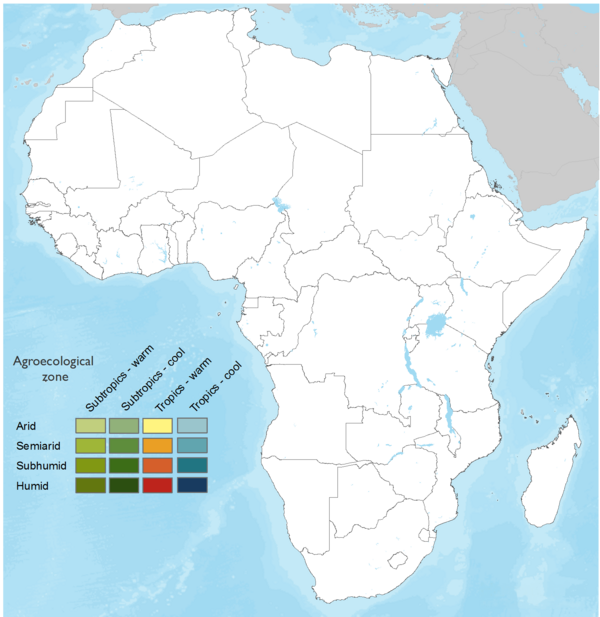





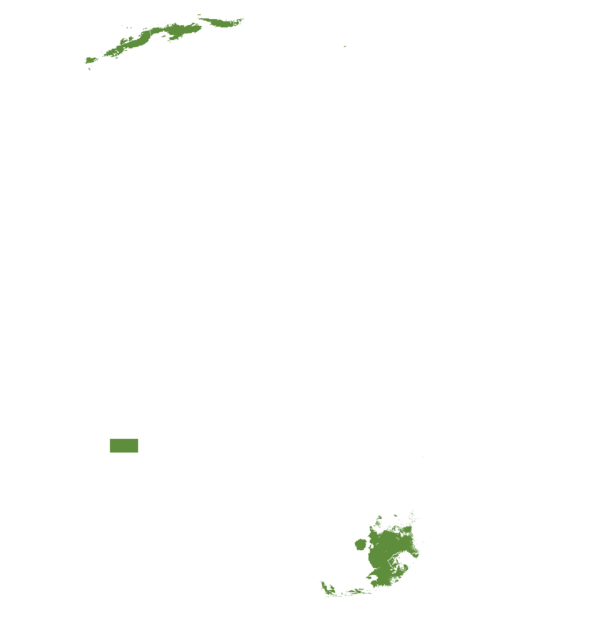
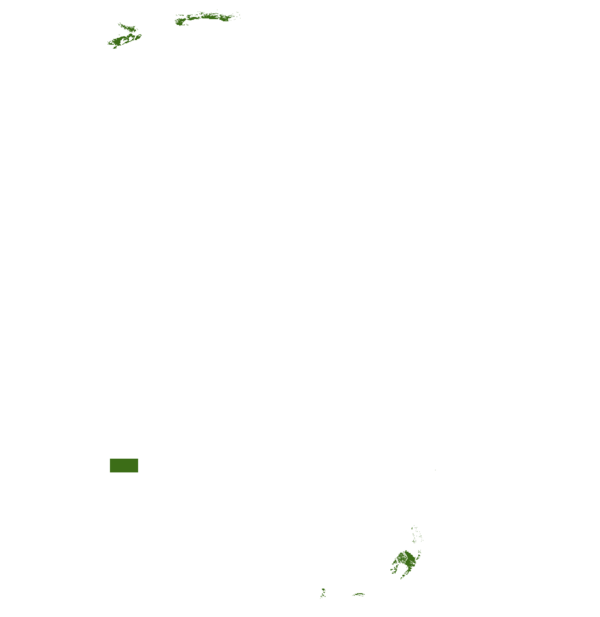

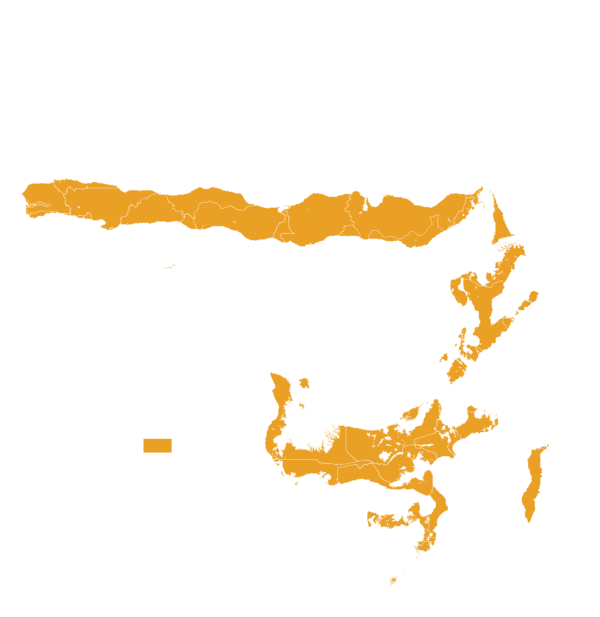


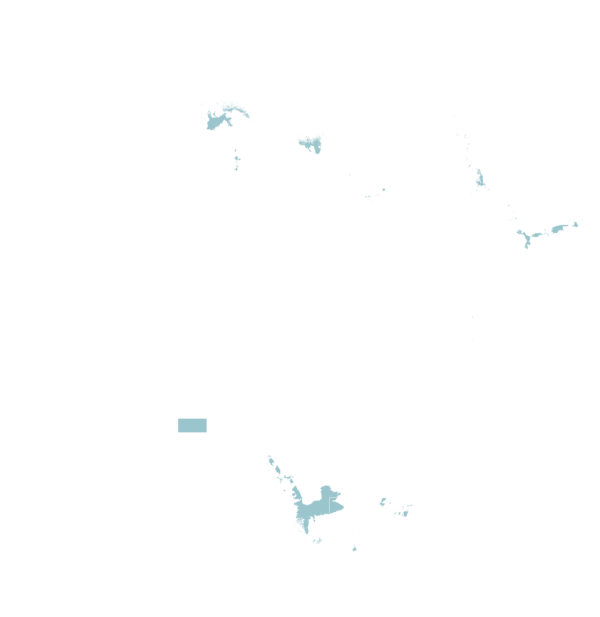

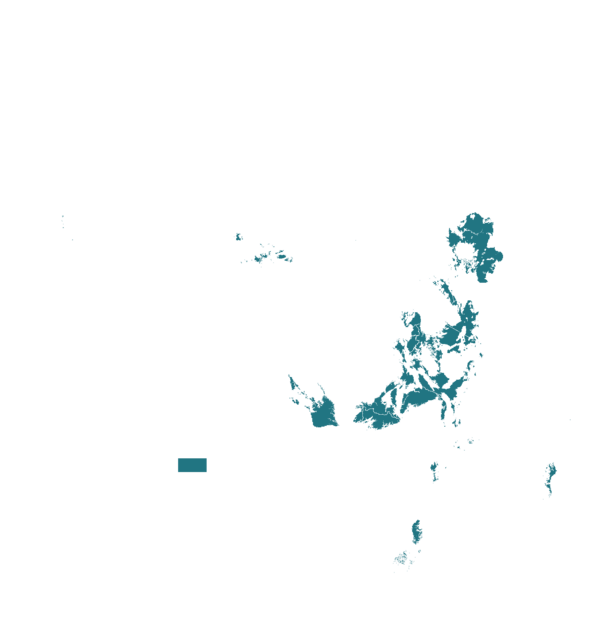

| AEZ | Subtropic - warm | Subtropic - cool | Tropic - warm | Tropic - cool |
|---|---|---|---|---|
| Arid | ||||
| Semiarid | ||||
| Subhumid | ||||
| Humid |
Source: HarvestChoice/IFPRI 2009
The United Nations Sustainable Development Goals that are applicable to this technology.

AgWise boosts farm yields and income, helping smallholder farmers lift themselves out of poverty.

By increasing food production and improving food security, AgWise contributes to hunger reduction.

AgWise empowers women by giving them equal access to agronomic information, promoting gender equality in farming.

AgWise promotes efficient use of inputs, reducing waste and encouraging sustainable farming practices.

AgWise supports climate adaptation by helping farmers make climate-informed decisions, enhancing resilience to climate change.

AgWise helps prevent land degradation, promotes soil health, and supports sustainable land management practices.
AgWise – Variety Suitability/Choice Map is an open-source decision-support tool implemented in R. It is primarily used by analysts, extension officers, and agri-tech partners to generate site-specific variety recommendations based on agro-ecological data.
Step 1 – Set Up the Environment
Install R and RStudio, which are required to run AgWise workflows on your computer. Then access the AgWise scripts from the official GitHub repository or EiA resource platform.
Step 2 – Prepare Input Data
The tool uses a combination of global data sources (e.g. satellite rainfall, soil maps) and local inputs (e.g. region, crop, variety traits). Users may enhance accuracy by adding local soil or yield data if available.
Step 3 – Run the Workflow
In RStudio, execute the AgWise scripts. The system processes geospatial and climatic data, identifies suitable zones for each variety, and simulates planting options using embedded models or machine learning algorithms.
Step 4 – Interpret the Results
Outputs typically include suitability maps, variety rankings, and planting windows. These are reviewed by specialists and then translated into advisories for farmers or extension agents.
Step 5 – Customize and Disseminate
The recommendations can be adapted to local contexts, packaged into radio messages, SMS texts, advisory bulletins, or integrated into digital apps. Organizations can rerun the tool each season to update advice with new data.
AgWise is modular and scalable—suitable for local pilots or national-level programs. Although currently script-based, it is designed for integration into broader advisory systems, with support available from CGIAR’s Excellence in Agronomy.
Last updated on 27 October 2025